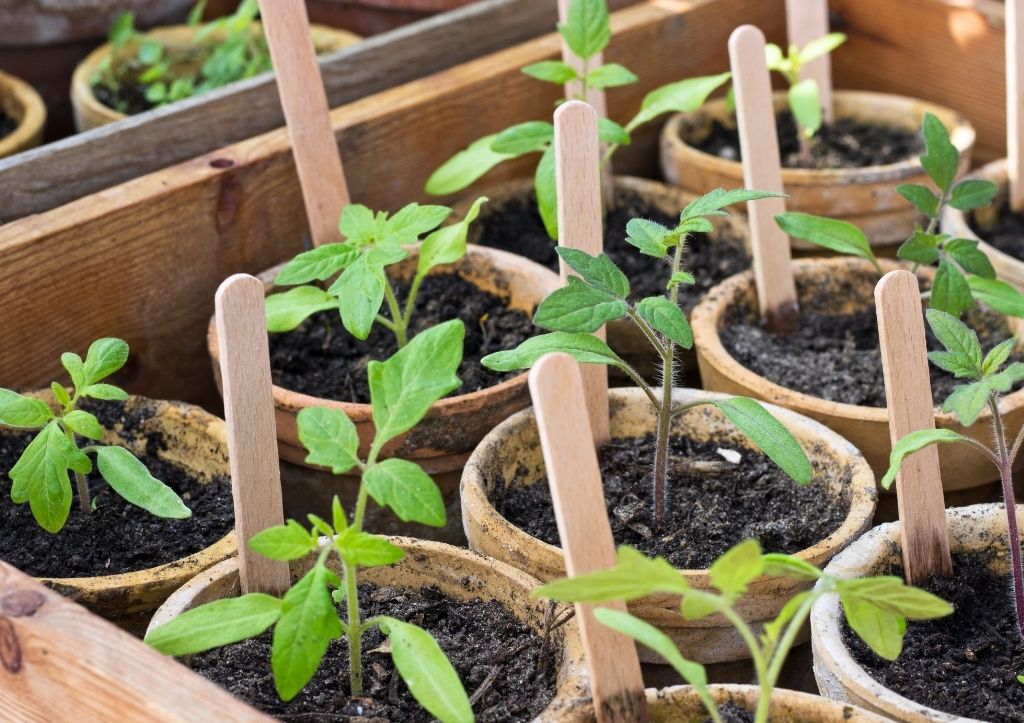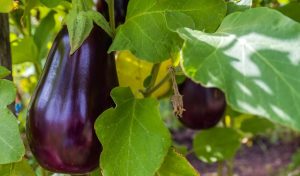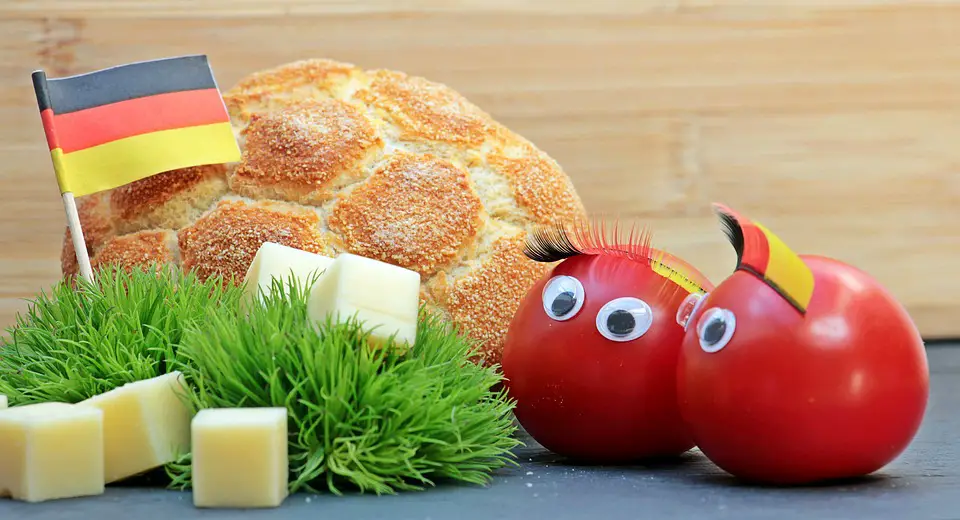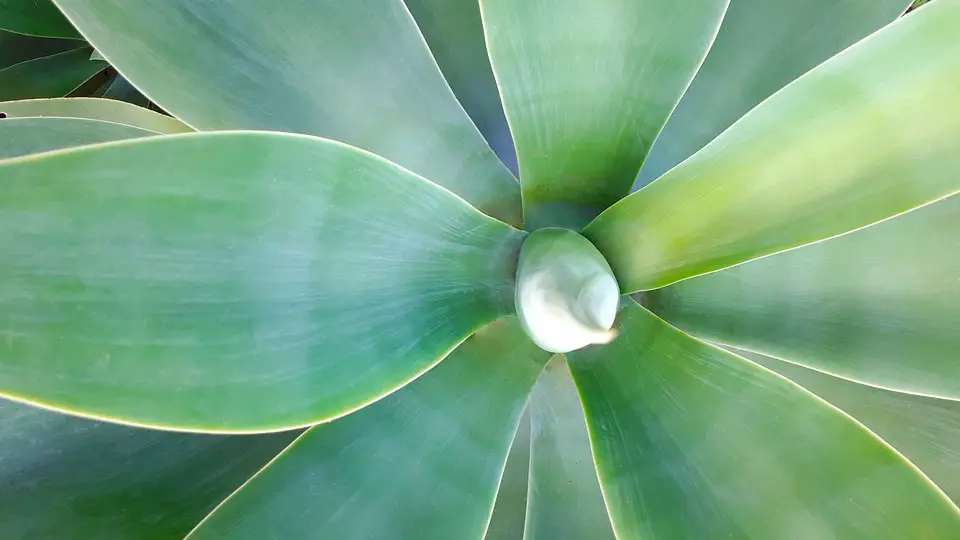Tomatoes are a classic addition to any home garden, and with good reason.
But before you can enjoy ripe tomatoes picked fresh off the vine, you need to know when to plant them.
This guide will help you make sure your tomato plants have the best chance of success.
In general, it’s best to plant tomatoes sometime between late spring and early summer. By taking into account your local climate and the specific variety of tomato you’re growing, you can ensure that your plants have the best chance of thriving.
What is the best month to start tomato seeds?
You can start you tomato seeds indoors or in a heated greenhouse about 6 to 8 weeks before the last frost date in your area.
If you are planning to sow outdoors then you will need to wait until the frost has ended completely.
[amazon fields=”B078GTG843″ value=”thumb” image_size=”large” image_alt=”Burpee Early Girl Tomato Seeds 50 seeds”]
How do you sow tomato seeds?
To sow your seeds you will need:
- The tomato seeds
- Some good quality seed compost
- Some 5 inch plant pots
Fill the pots with compost to a level just below the rim and water the compost well – allow it to drain.
Scatter some of the seeds thinly over the surface of the compost and then cover with a very thin layer of compost or vermiculite.
Cover the pots with some plastic food wrap or place inside a clear plastic bag and then keep the pots in a warm location.
As soon as the seedlings appear, remove the plastic and keep the pots in a warm and light location.
When the plants are about 5 inches tall, pot them on into their own pots and then plant them into their final spot, after hardening off, around late May to early June.
[amazon box=”B08RSLVTZT,B09SN4FNNP,B081ZPPSWM” grid=”3″]
What types of tomatoes should I grow?
There are many types of tomatoes to choose from and the best one for you will depend on your climate, taste and growing conditions.
You can choose from plum type tomatoes, cherry tomatoes, beef steak, classic and many other varieties .
If you are not sure which variety to choose, ask at your local garden center for advice.
Some handy tips for planting tomatoes
-Tomatoes need a lot of sun, so make sure to plant them in an area that gets plenty of direct sunlight.
-The soil should be rich and fertile, with a pH level between 6.0 and 7.0.
-Amend the soil with compost or manure before planting and use a liquid fertiliser when the flowers begin to open.
-Water the plants regularly, making sure to avoid getting the leaves wet as this can lead to fungal diseases.
-If you are growing indeterminate tomatoes (the ones that grow tall), stake or cage them so that they don’t fall over.
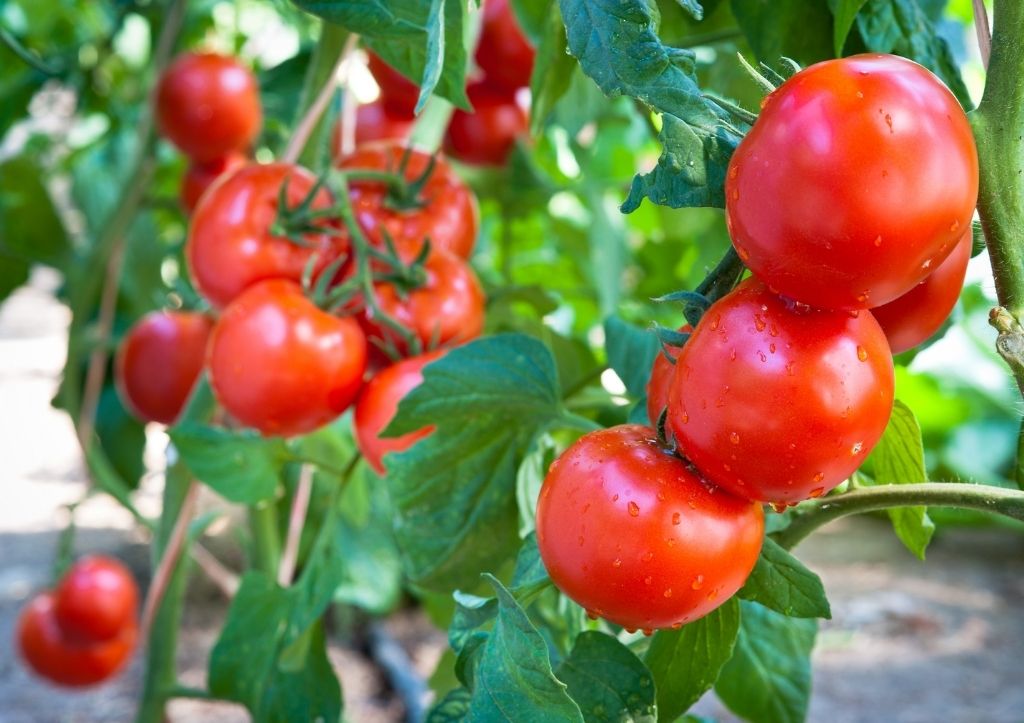
When is the best time to transplant tomato plants?
Once your tomato plants have reached at least 3 feet in height, it is time to transplant them into their final spot in the garden.
This should be done around late May to early June, after the last frost has passed.
Make sure to harden off the plants for a few days before transplanting them – this means slowly introducing them to the harsher conditions outside by moving them from a warm, sheltered spot to a spot that is gradually getting warmer and more exposed to the sun.
If you are transplanting container grown plants, make sure to keep the soil ball intact and water well after transplanting.
How do you grow tomatoes in containers?
Tomatoes can be grown in containers as long as the pot is at least 12 inches deep and has good drainage.
Fill the pot with a rich, fertile soil and amend with compost or manure before planting.
Water regularly, making sure to avoid getting the leaves wet, and fertilise with a liquid fertiliser when the flowers begin to open.
You can place the containers inside a greenhouse or, if you don’t have one of these, then put them in a warm, south facing position, ideally against a wall which will absorb the heat of the sun and act like a radiator to keep the plants warm at night.
You can also grow your tomato plants in purpose made grow bags that are available from many garden centers and similar stores.
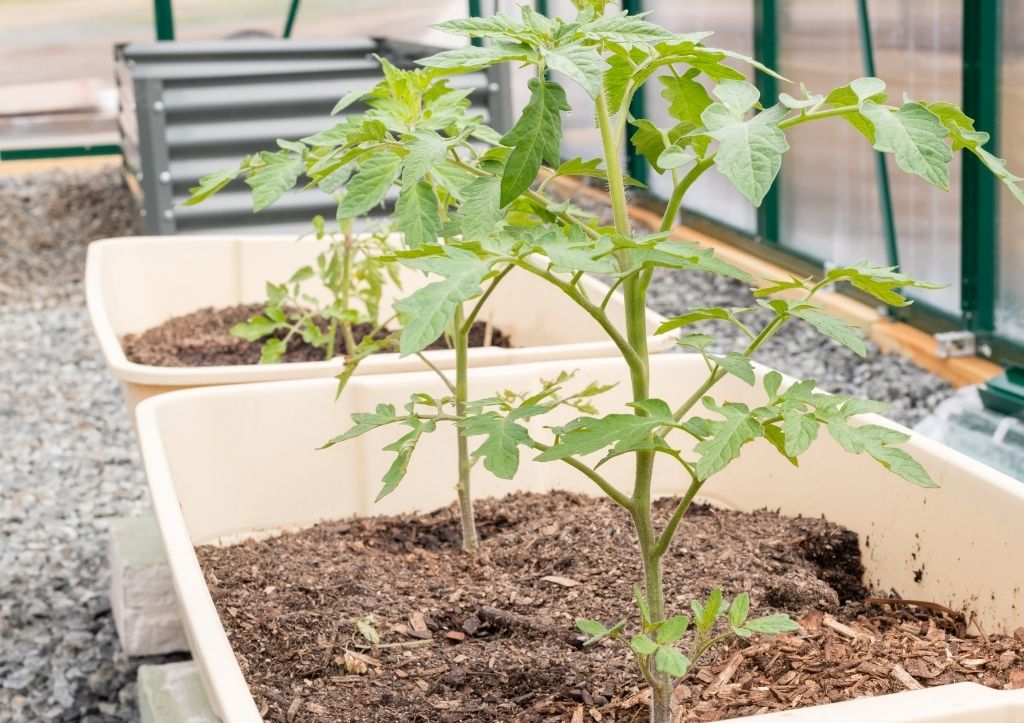
How do I know when my tomatoes are ready to harvest?
The best way to know when your tomatoes are ready to harvest is to look out for certain signs.
Tomatoes will be ready to harvest when they have a uniform color.
The fruit should also be firm and not too soft or wet.
If you are not sure, try picking one tomato and tasting it – it should be sweet and juicy.
Once the tomatoes have been harvested, they will only last for a few days so eat them as soon as possible, however the great thing about tomatoes is that they ripen at different rates so you don’t need to harvest them all.
By growing different varieties, as well, you can enjoy fresh tomatoes for many weeks.
What are some of the problems that can occur when growing tomatoes?
There are a few problems that can occur when growing tomatoes, but most of them can be prevented by taking a few simple steps.
The main problems that occur are:
-Fruit splitting: This is caused by allowing the plants to dry out and then watering them heavily. To prevent this make sure that the soil never dries out by watering frequently.
-Blight – If this occurs then your only option is to destroy the affected plants and provide as much ventilation to the remainder as possible.
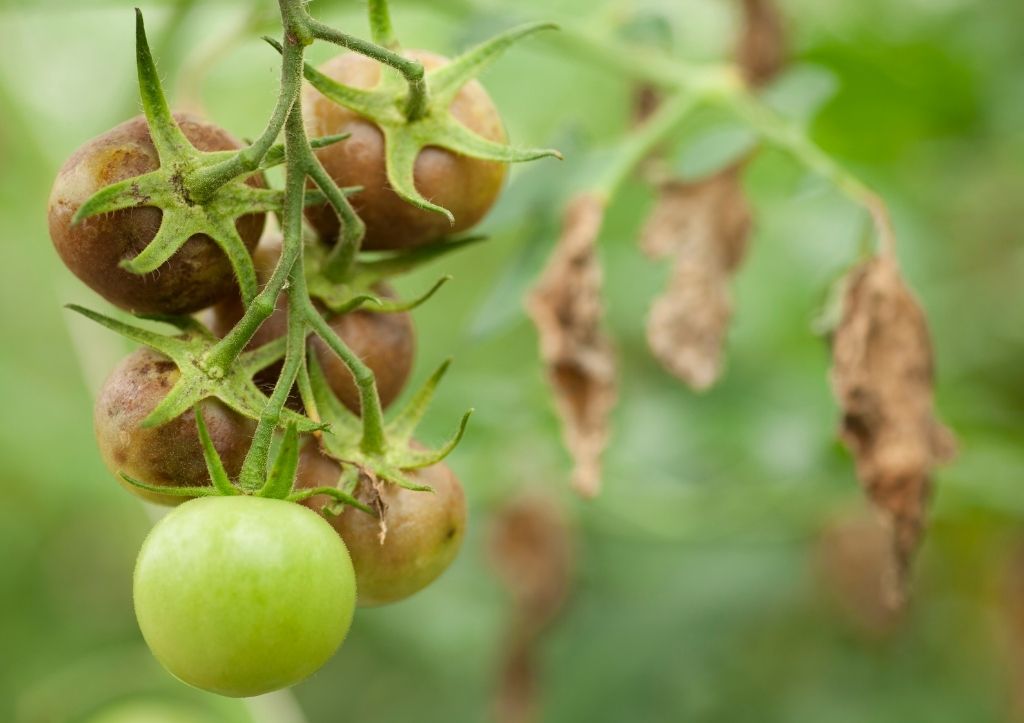
–Blossom end rot: This is caused by a lack of calcium in the soil and can be prevented by adding lime to the soil before planting and using a fertiliser that contains calcium.
-Wilting: This can be caused by a number of things, such as over or underwatering, pests or diseases.
-Leaf diseases: These can be caused by a number of things, such as poor air circulation, over or underwatering, and pests or diseases.
To prevent most of these problems, make sure to provide your plants with plenty of water, lots of fresh air, fertilise regularly, and remove any diseased leaves as soon as you see them.
By following these simple steps, you will be able to enjoy a bountiful harvest of delicious tomatoes from your own garden.
Final words
Tomatoes are a favourite fruit for many people and can be grown quite easily in your own garden either in a greenhouse, in the ground, or in containers.
The numerous varieties provide you with the opportunity to explore different tastes and have tomatoes ripening at different rates, so you can have a steady supply of this delicious fruit all season long.
[amazon bestseller=”tomato seeds” items=”3″ template=”table”]

